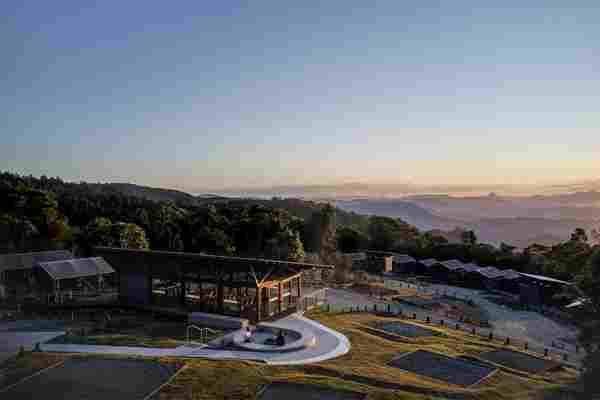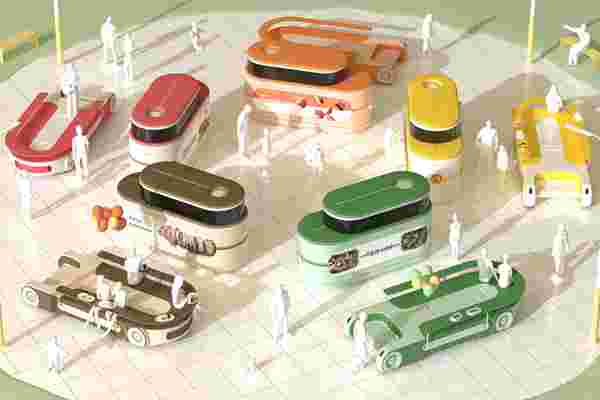
The limits that the COVID-19 pandemic has put on our lifestyles have been grim, yes. But keeping up with the designs coming out as a direct result of the 2020 pandemic has helped pass the time. Has it been a year already? Arguably, the industry in need of the most innovative designs is the restaurant industry. Some eye-catching designs have certainly risen to the top and been put to the test. Jungsoo Lee’s design, a modular reinterpretation of the food truck , incorporates a removable seating area for guests to enjoy their favorite restaurant’s food with the full “dine-in” experience they’ve come to cherish. The design could offer some peace of mind or inspiration for restaurant workers across the globe in need of some financial movement.
The crux of Lee’s design hinges on the pressure of restaurant owners paying rent on a monthly basis. With fewer diners, many restaurant-owners are finding themselves without the means to fund their dining spaces at the end of the month, and most are signed into year-long leases – an off-menu recipe for disaster. Lee figured that by designing a physical and transportable space for people to safely dine and for chefs to safely cook, then instead of signing into a year-long contract, food business owners could rent modular food trucks by the day and also provide safe, on-site dine-in services for guests.
Each truck in Lee’s design comes in two modules: the top part of the truck is meant for cooking and the bottom quarter of the truck detaches and forms the seating area. As designed right now, Lee incorporates foldable support pillars on the bottom of the electric truck design so that once the seating module is pulled out, the kitchen can stand even and elevated on rolling posts. Food trucks are a reasonable solution to the problems that restaurant owners face in the age of COVID-19 and, if you live in a city, chances are you’ve probably already seen a lot more of them dotting the streets in the past couple of months.
While food trucks are a smart option for some cities, the seating module might not be ideal for every city as presently designed. In warmer temperatures and more moderate climates, outdoor dining has been the most popular adjustment made during the age of COVID-19, but for colder cities like Chicago or London, outdoor dining isn’t so convenient. With heated tables and outdoor cabins being among some of the winning designs for restaurant owners facing financial trouble with fewer diners, the need for warmth in colder cities is still a top priority. In the same vein, by transitioning restaurant owner’s brick-and-mortar locations into on-the-road mobile food services with exposed seating areas, the uncertainty of a city’s ever-changing weather comes into play and chefs will have to cut the area space of their previous kitchen by a substantial amount. Thankfully, however, like the weather, the design of today is ever-changing and constantly evolving.
Designer: Jungsoo Lee
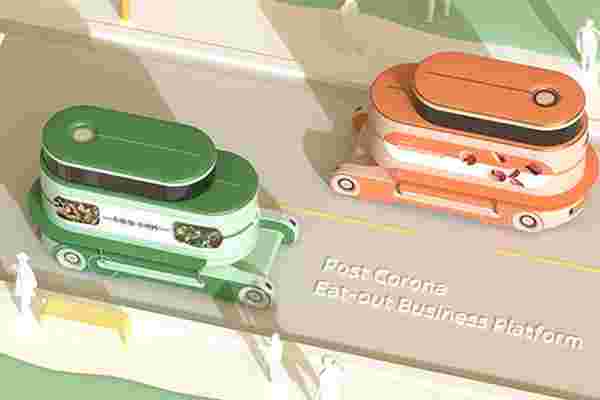
Rooted in Place
This unique architectural undertaking draws inspiration from an uncommon yet beautiful natural occurrence. Similar to how a tree’s roots will grow through and eventually divide a solid stone, the symmetrical structure features a wood-clad section situated directly in the center of a larger concrete framework. Not coincidentally, the tree-inspired building serves as a forest trekking station and sits right at the top of the canopy line, giving full visibility of the woodland area.
Designers: Naser Nasiri & Taher Nasiri
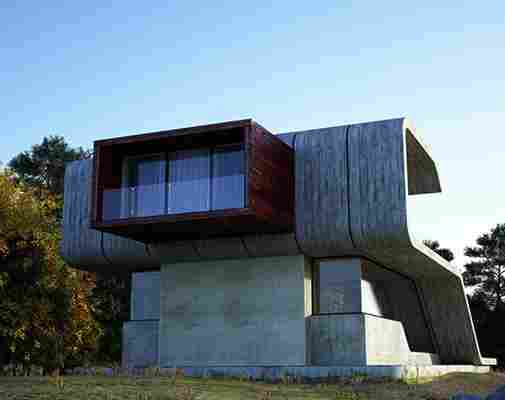
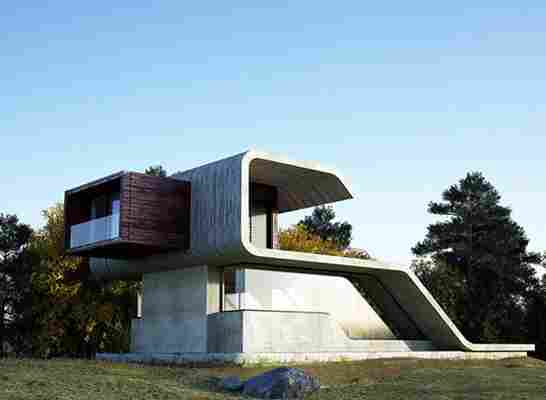
Glamping gets a sustainable upgrade with what designers call ‘architectural ecotourism’!
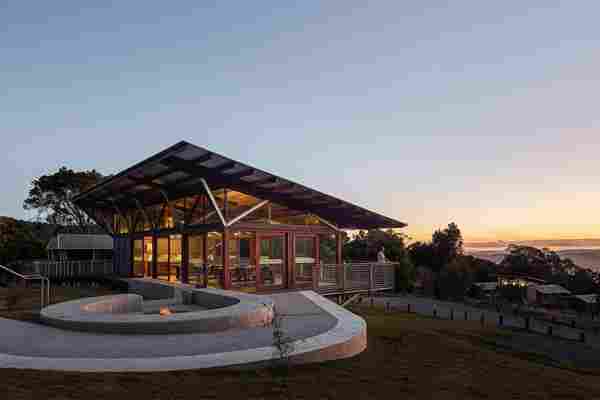
The O’Reilly’s campground is nestled in Queensland’s lush Lamington National Park and is an example of how glamping can be eco-friendly if we make the right design choices! The project shines a light on architecture-inspired ecotourism with a fully functioning campsite equipped with all amenities. O’Reilly is different because it was created keeping sustainable building practices at its core so as to not disturb the pristine landscape but at the same time let guests be immersed in it.
The campground includes buildings featuring a kitchen, common gathering spaces, a fire pit and more. All the facilities were carefully constructed by consciously choosing to make it environmentally friendly – lightweight structures used sustainably sourced timber, an on site sewer treatment to avoid adding waste to natural water bodies, collecting rain water, having passive solar access, cross ventilation to reduce power consumption, growing and preserving vegetation and more.
Guests will be able to enjoy an authentic camping experience without the hassle of bringing their own equipment (such as safari tents, linen, firewood and food) or pretending to be on an episode of the Survivor. The campground has universal design so it is accessible and inclusive of all groups of people who want to spend time in nature. Guests can choose to stay in glamping safari tents or bring their RVs as the site provides a place for both powered and unpowered vehicles.
O’Reilly’s architectural design was the bridge to help facilitate a deeper connection to the environment and that commitment is seen in every element of the campground – skeletal structure resembles a tree canopy so it can provide shelter while protecting the views of the surrounding mountain ranges and the interior elements are filled with linear structural design details to represent the linear patterns of the surrounding rainforests! The glamping site is an embodiment of a beautiful, respectful and playful relationship between humans and nature.
Designer: Aspect Architecture
